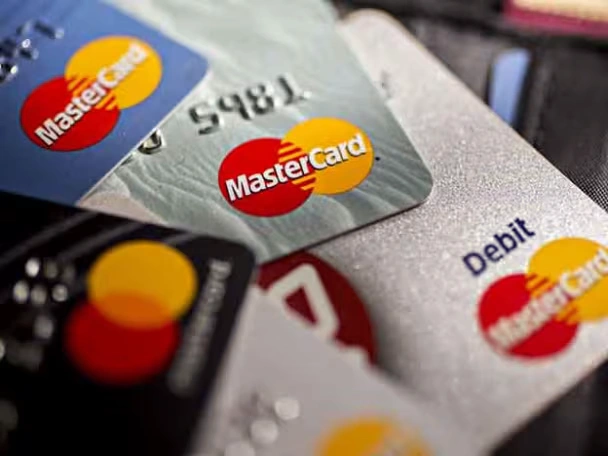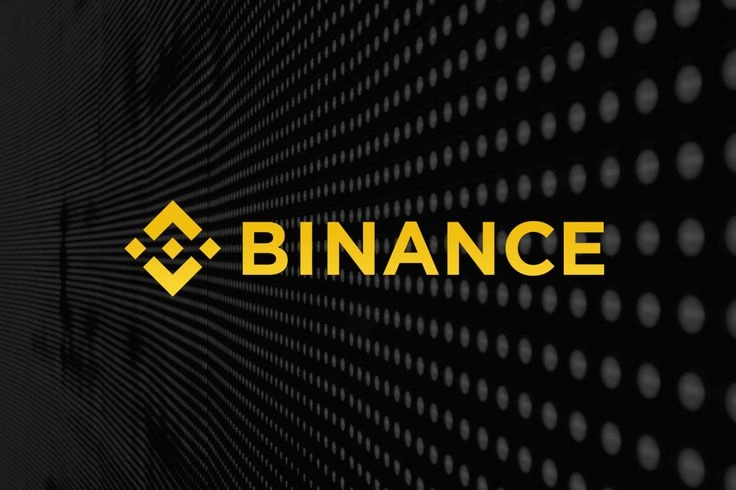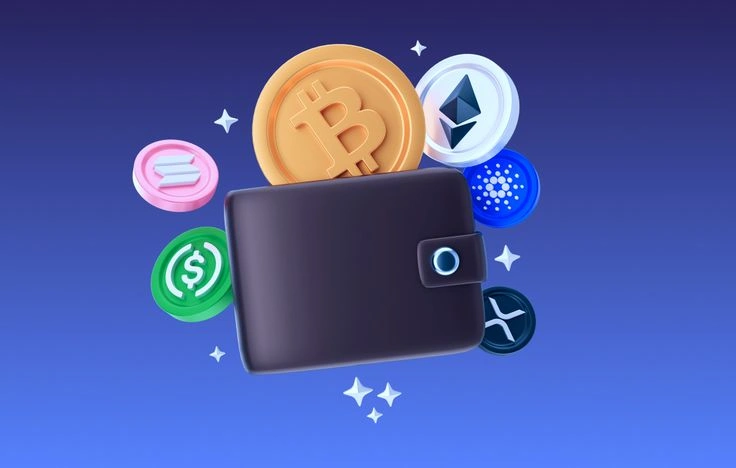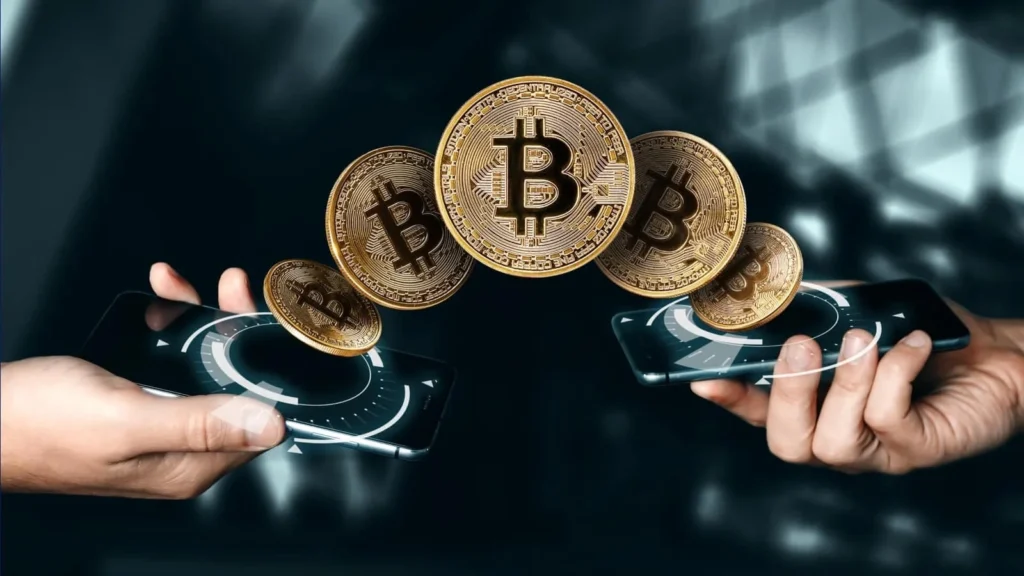Let’s not sugarcoat it—crypto and bank card integration sounds like the lovechild of a sci-fi fantasy and a fintech fever dream. Yet here we are, with people tapping to pay for lunch with Bitcoin and watching their Ethereum cover ride-share fares. Welcome to the future? Maybe. Or maybe… welcome to the next big financial mess.
As cryptocurrency claws its way into the mainstream, traditional banks and flashy fintechs are in a full-on sprint to stay relevant. Enter: crypto-integrated bank cards. The idea is deceptively simple—spend your crypto like cash. But beneath the shiny surface lies a tangle of complications nobody’s really talking about.
Crypto and Bank Card Integration: The Pitch Sounds Great—Too Great?


Let’s break it down. These cards connect your crypto wallet to a Visa or Mastercard network. You buy something, and your crypto is auto-converted into fiat in real time. No manual exchanges, no delays. Convenient? Absolutely. Slick? Without a doubt.
Companies like Coinbase, Crypto.com, and Binance have jumped on the bandwagon. With the backing of established players like Visa and Mastercard, they’ve made it easier than ever to spend your Bitcoin on everything from pizza to plane tickets.
But here’s the thing—just because you can doesn’t always mean you should.
The Promise: Crypto Goes Everyday


Advocates argue that this is the missing puzzle piece—the final leap from speculative asset to usable currency. And yes, in theory, that’s huge. Crypto critics have long called it “digital gold,” good for storing but not for spending.
These new hybrid cards promise:
- Ease of use: Spend directly from your wallet.
- Perks: Cashback, low fees, and cool rewards.
- Power to the people: More financial autonomy, fewer middlemen.
It all sounds empowering. But empowerment without accountability? That’s where it gets dangerous.
Reality Check: Volatility and Vagueness

Let’s talk about crypto’s dirty little secret—volatility. One day your coin is worth enough for a steak dinner; the next, it barely covers your sandwich. Building a financial system on something that behaves more like a roulette wheel than a currency? Risky at best.
And don’t even get started on regulation. One country’s innovative tech is another’s illegal tender. While lawmakers stumble around trying to define crypto, users are caught in a grey zone. If your card gets blocked overseas—or your assets frozen due to shifting rules—don’t say you weren’t warned.
Then there’s security. Traditional banks have layers of fraud protection. With crypto, if it’s gone—it’s gone. No chargebacks, no customer service savior. You’re on your own in the Wild West of finance.
Crypto and Bank Card Integration: Is This Innovation or Just Irrational Hype?
Crypto and bank card integration feels like something that was designed more for headlines than households. Sure, it’s novel. Yes, it pushes the envelope. But is it practical? Is it safe? Is it necessary?
Let’s not confuse possibility with progress.
Right now, this tech is best suited for crypto enthusiasts who understand the risks and are willing to gamble on market swings and shifting policy. For the average person? The stakes might be a little too high.
The Verdict: Brilliant Disruption or Blunder in Disguise?


Here’s the uncomfortable truth: crypto-card integration is both genius and premature. It shows us a glimpse of what money might look like in ten years—but it also exposes everything that’s broken in crypto today.
Until regulations catch up, volatility stabilizes, and security becomes foolproof, this flashy tech should come with a warning label.
Is this the future of finance? Maybe. But if it is, we’ve still got a long road—and a lot of guardrails—to install first.
Relevant News: Here




